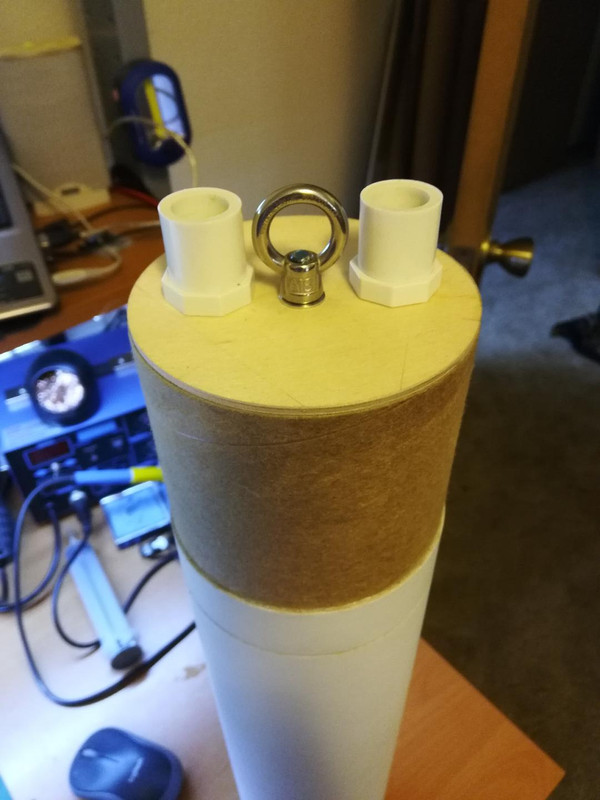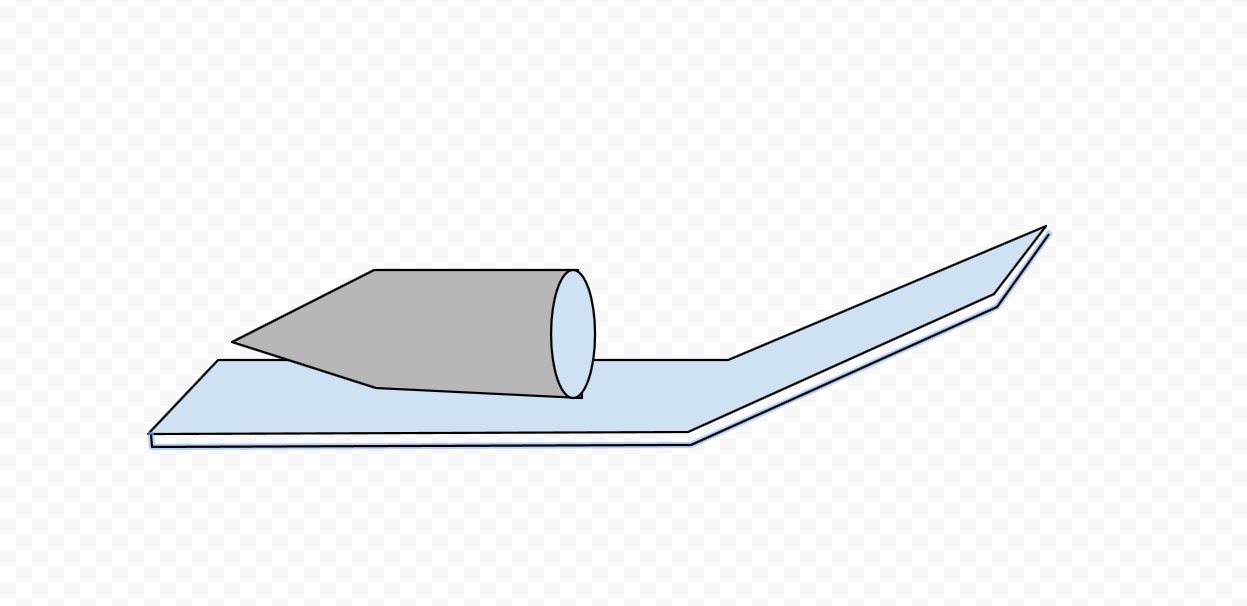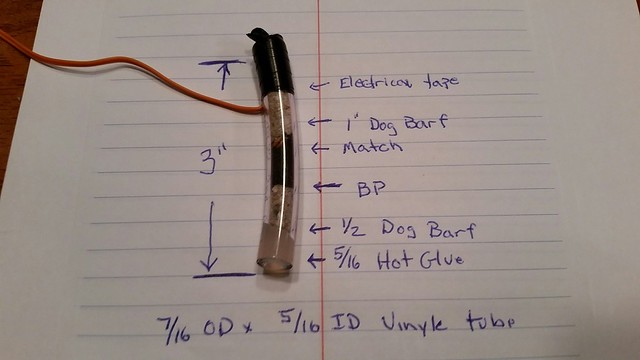The following 2 videos are borrowed from Mendal....Rocket Junkies
The first video is showing an 8 gram charge with the ematch at the bottom of the charge canister...
[video=youtube;4UWoBhwvuWs]
This next video is with the ematch on top of the charge.
[video=youtube;xW810k5AySQ]
Below is a photo that shows how I've recently been doing my high altitude charges holders. It's a take off from the Jim Jarvis method.
https://www.rocketryfiles.com/files/Technicalarticles/Jim_Jarvis_Highaltitude_deployment_2013.pdf
They are not sealed at top. That tape just holds the ematch wire in place...
switching from my normal latex tubing charge of 1.3g for a 3" rocket I now use 0.4 grams in a 3" rocket.
some things that affect charges.
Container shape and orientation, ematch placement and confinement or lack of.
Also note, switching to a baffle will reduce the amount of gasses produced by the charge.
As always,,, ground test. once you find what works for you. Don't change it. If you change anything..ground test again!
Tony
















